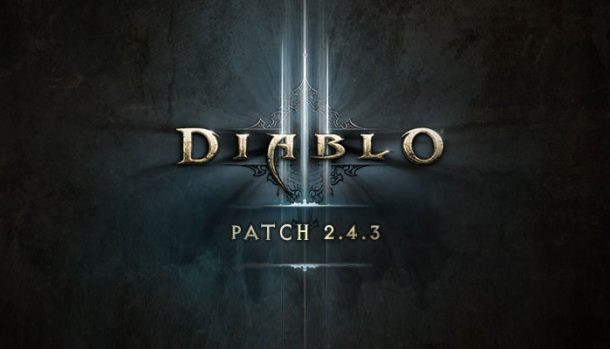The last game we talked about from our favorite retro P&C adventurists, the Wadjet Eye studio, was Technobabylon, which was about a false utopian future in a cyberpunk setting, and now Wadjet Eye tests the waters of dystopian post-apocalypse, balancing between chaos and autocratic rule of the minority, the choice doesn’t look good.
First of all, we must remark that Wadjet Eye surprises us again and again with design and visual presentation of their games, especially within a “cramped” design space that comes with their style. In case you’re not familiar, most of their games are made in Adventure Game Studio, a special tool for making retro pixelated P&C adventures. Armed with this tool they published 16 great titles so far and they all stand out with their unique visual identity, and by that we don’t mean just the pixel graphics.
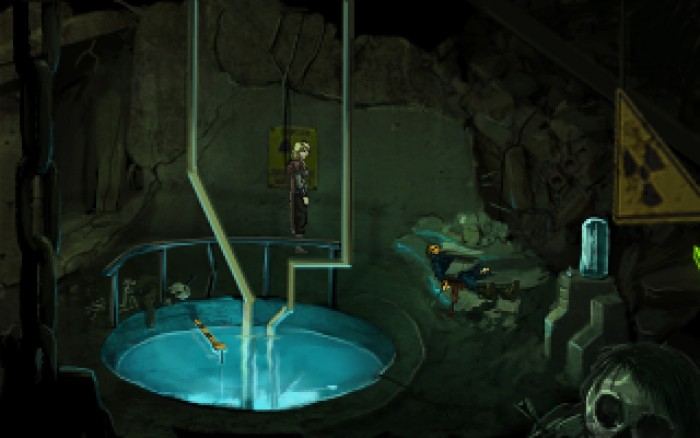
In Shardlight the dominant colors are dark green, yellow and brown, which create an atmosphere of waste, disease and overall decay, exactly what we’d expect in a world almost completely destroyed in a nuclear war. The locations are mainly abandoned town districts, and objects that are now repurposed compared for what their use was during their “original” existence.
But this isn’t a Fallout/Mad Max type of post apocalypse. Here we have a world with some kind of structure and a state that somewhat functions, but it’s ruled by people who see themselves as new aristocrats and their primary goal is maintaining their own needs opposed to the needs of “simple commoners”. They call themselves by ancient Roman names and dress in the fashion of 17th century French aristocracy. A very trippy bunch, as we can see. To make things worse, there’s a mysterious disease called “green lungs” which can’t be cured, but only temporarily dealt with using a vaccine. Naturally, for the commoners the vaccine is practically impossible to acquire, while the “aristocrats” have easy access to it.
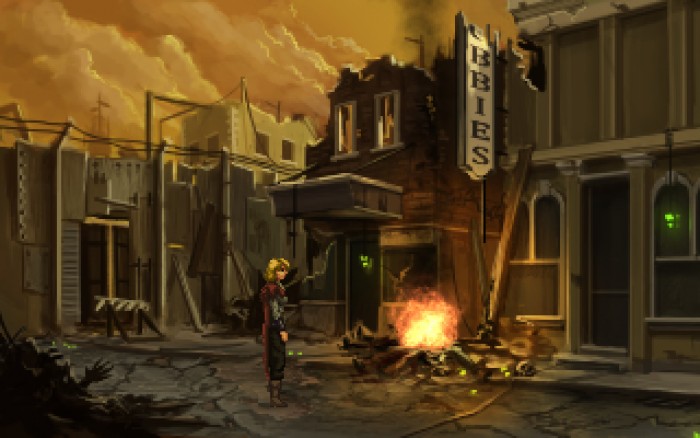
This is where we come to our heroine, Amy Wellard. At the start, we go to a so called “lottery job”, which is a name for dangerous jobs that the aristocrats give commoners in exchange for a lottery ticket which gives them a chance to win a vaccine, given through daily lottery. Not much of a profit, but when you’re terminally ill it’s all you have. During that job she meets a dying man who connects her to a much larger net of events on the outcome of which depends the destiny of the entire state.
The story is compellingly written and intriguing enough to make you play it to the end, but it somehow seems to have failed to be as convincing as some of the former games Wadjet Eye brought us. It’s possible that this is because, unlike in many of earlier titles, here we only play in the role of one character, and somehow we aren’t too sure about what her main motives are the entire time. Is it her friends, or the desire to be healthy again, or some greater good? The game also seems to have too many plot twists and somehow the story doesn’t quite flow as you’d expect.
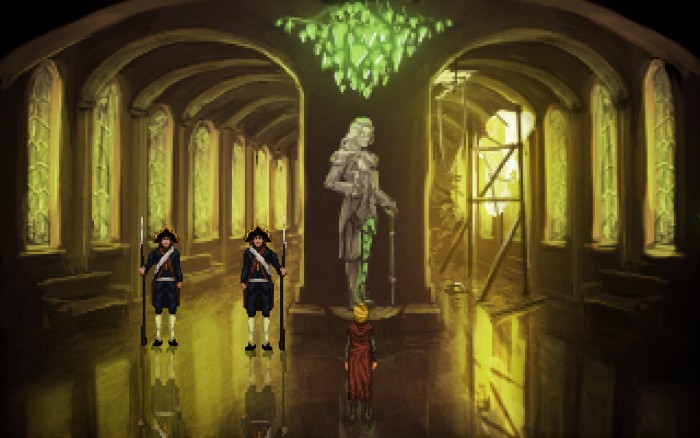
Things that are supposed to be twists actually fit expectedly and normally into the story. Also, you have very little influence on the story while playing and the only real decisions are the ones we make at the very end of the game. Still, even if it may seem that we’re criticizing the story, it’s actually very adequate and deals with a real (although a bit stylishly painted for “artistic” purposes) situation in which communities might end up in a similar scenario, and which is maybe reminiscent of a lighter version of Orvel’s “1984”.
The gameplay is standard for the P&C genre, and generally for the games brought to us by Wadjet Eye. You can use the map to travel to various locations in the city (and they unlock and lock based on how far you are in the story), communicate with NPCs and collect items. Items are used in mutual interactions or in interactions with the surroundings. The puzzles are difficult enough, but not too difficult, and it may happen that you get stuck for just long enough to stop the session there and solve the puzzle quickly with a clear mind once you come back. The game has the unavoidable problem of “pixel hunting”, so click on everything that seems like it might be useful. The left click is interaction and the right is the description click, i.e. Amy provides a comment. And Amy has a lot to say about a whole spectrum of things, and as a pedant thorough gamer, I patiently listened to all of her commentary. They mostly have a fun and descriptive role, but careful listeners may often get a hint for solving some puzzles through them.
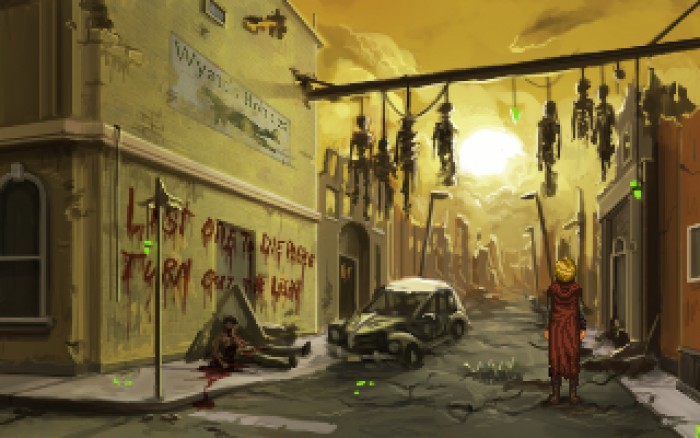
We already talked about the graphics in the beginning of the article, the standard 2D extremely pixelated design that while giving the game a nostalgic retro feel, really looks amazing and atmospheric. They finally solved the problems with the text which is now a bit less pixelated compared to the rest of the game, and which makes it easier to read now. The music is great and it organically blends with the depressed and hopeless atmosphere of the deserted city ruins. It seems that every scene in the game has music written specially for it and it makes every location even more unique. The voice acting in the game is ok – it goes from average (the main actress, even if alright, somehow seems too out of context in some situations) to really great, like the main villain Tiberius or the Reaper cult’s spokesman in the city market.
We completed the game in 10-11 hours and really enjoyed it. Wadjet Eye fans have probably already played it themselves, and for those of you that haven’t come across their games before, this is a great opportunity to fall in love with them.
Author: Nikola Savić


